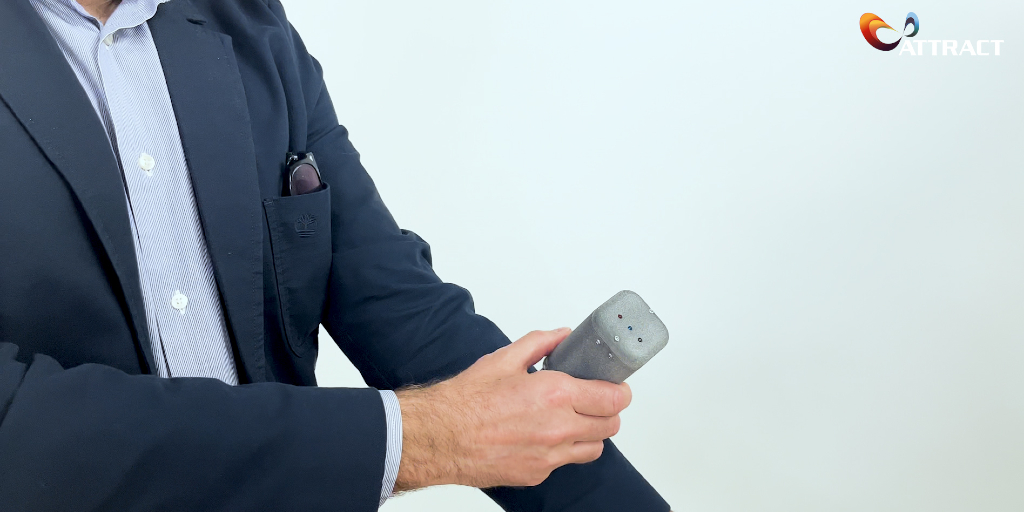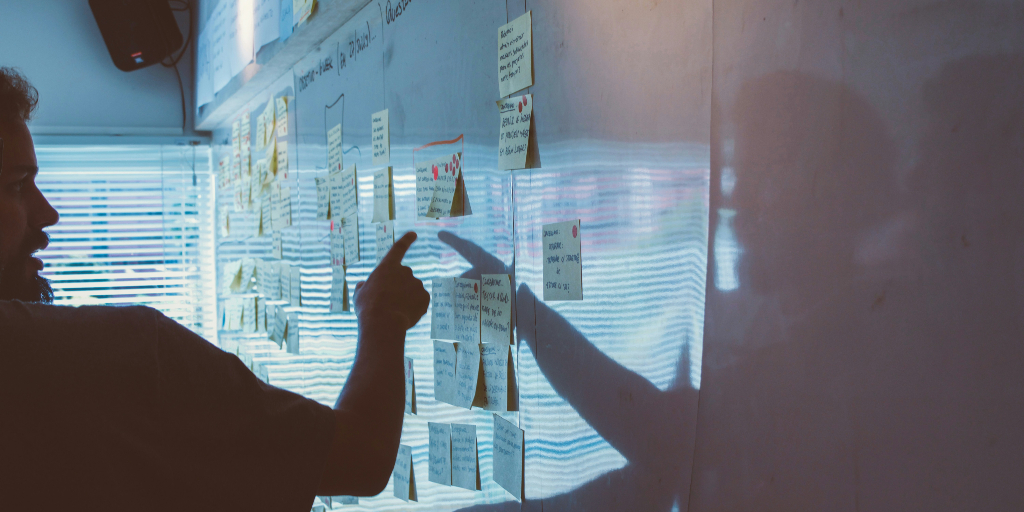In the effort to perform less invasive medical procedures that effectively remove abnormal growths and enhance patient outcomes and well-being, Radio-Guided Surgery (RGS) has long been the standard for surgeries guided by imaging techniques. However, RGS continually advances within nuclear medicine, connecting non-invasive molecular imaging with surgical practices, and its success depends more on the imaging tools and techniques used during surgery rather than the specific radiopharmaceuticals designed for certain diseases.
The POSICS-2 project is about a medical image device that aims to create a dual-use, cheap, handle-able, wireless, compact and lightweight camera for tumour treatment. It seeks to be more capable of finding the right target and minimising the impact of the surgery on people.
Explore more about this R&D&I project through this interview with Domenico della Volpe, POSICS-2 project coordinator and Professor at the University of Geneva.
What is your personal and career journey so far?
I’m a particle physicist. I have also worked with particle detectors, which is the core of this project as well. I was in the Italian academia for a few years. Then I moved to CERN for 10 years almost, and now for 10 years, I’m a University Geneva professor, but still working on detector technology.
What is the project about? And which partners are involved?
The project is about a new medical imaging device. We want to help the surgeons with some specific protocols. One is the lymph node biopsy, but in general for treatment of tumours. So, the idea is to have something much smaller but extremely precise as other kinds of scans and allow the surgeon to reduce to the minimal, the kind of intervention they need to do to take out these lymph nodes.
The consortium has three partners. Two come from the University of Geneva: one is from the Department of Physics, and the other one is from the Hospital of Geneva. There is a third one that is a technological partner: the Fondazione Bruno Kesler which is specifically working on light sensors, light devices, and microelectronics.
What challenges have you faced so far?
We are detector specialists. We are very used to this technology, but here the final goal is a common goal. So, it was interesting to find a common way of discussing things and understand what was relevant for the surgeon. So, it was interesting and challenging, but I think we are on the right path.
How would you explain the potential implications of this breakthrough to a non-scientific audience?
When you have to do some sort of surgery or intervention, you have to go to scanning in a very big machine. Here the idea is that you can use instead a very small, compact, lightweight object that can be used directly during the surgery. Also, the good thing is that it can help to localize before the intervention where the surgeon should go, and this means for the patient a much less invasive kind of protocol, but the treatment may be as efficient as before but with less impact on your body.
How do you think society will benefit from this project?
This project is meant exactly to improve the quality of patient life for this kind of treatment. I think that as all medical kinds of projects have a societal impact, in this case, I think the big plus is that we are going to change an existing protocol to something less invasive. So, this can be extremely beneficial for patients.
For more information
Visit the POSICS-2 project site.
In the effort to perform less invasive medical procedures that effectively remove abnormal growths and enhance patient outcomes and well-being, Radio-Guided Surgery (RGS) has long been the standard for surgeries guided by imaging techniques. However, RGS continually advances within nuclear medicine, connecting non-invasive molecular imaging with surgical practices, and its success depends more on the […]



